Pink Lemonade
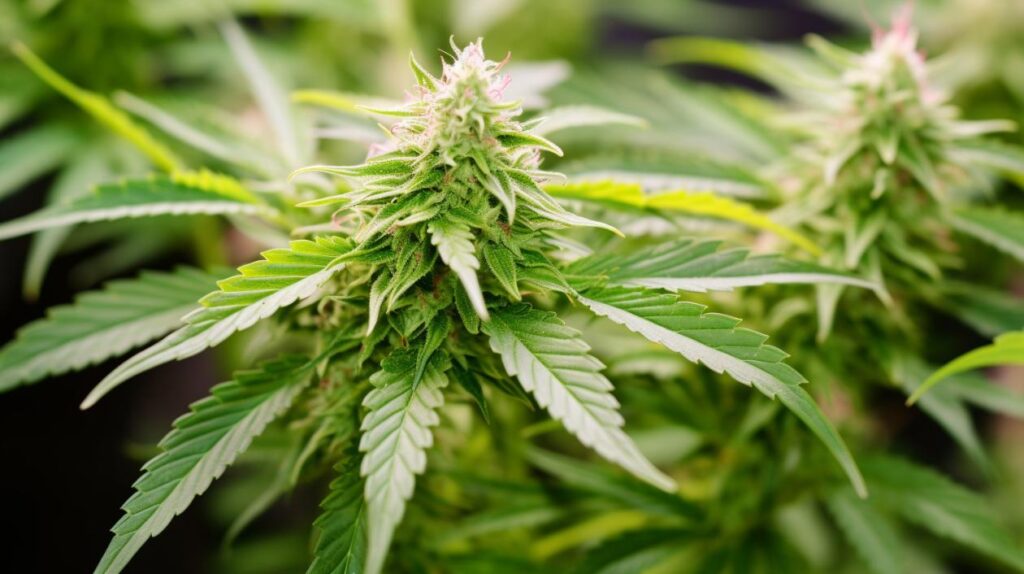
In the diverse world of cannabis, the Pink Lemonade strain distinguishes itself through a unique combination of sensory and psychotropic properties.
This indica-dominant hybrid, with its notable lineage, boasts a complex terpene profile that imparts a vivid citrus aroma complemented by a subtle earthiness.
Its balanced THC content positions it at the intersection of recreational pleasure and potential therapeutic benefit, catering to a wide array of preferences and needs within the user community.
While enthusiasts may extol the strain’s energizing yet focused high, the full spectrum of Pink Lemonade’s effects, particularly in relation to its purported medical applications, merits a closer examination.
As we unravel the intricacies of this strain, one must consider the nuanced interplay between its genetic origin, chemical composition, and the subjective experiences it elicits.
Genetic Lineage
Delving into the genetic lineage of Pink Lemonade reveals a harmonious blend of Purple Kush and Lemon Skunk, with an enigmatic third strain contributing to its distinctive profile. This meticulously crafted hybrid boasts a genetic tapestry that weaves together the robust, earthy undertones of Purple Kush with the zesty exuberance of Lemon Skunk. The result is a Lemonade strain that resonates with users through its uplifting and cerebral effects, which are as refreshing as the beverage it’s named after.
The sweet, citrusy aroma and flavor profile of Pink Lemonade is a direct reflection of its lineage, presenting a sensory experience that is both tantalizing and familiar. The unknown third strain adds an element of mystery, yet its influence is undeniable in the strain’s balanced effects and nuanced characteristics. By understanding the genetic roots of the Pink Lemonade strain, aficionados and medical users alike can draw insights into its potential therapeutic applications, from mood enhancement to the alleviation of stress.
Exploring the genetic heritage of the Pink Lemonade strain is more than an academic exercise; it’s a practical tool for cannabis consumers. It guides them toward similar strains with matching terpene profiles and effects, ensuring a more informed selection of cannabis products that align with their preferences and needs.
THC/CBD Content
When considering the Pink Lemonade strain, it is important to note that its THC content typically ranges from 17% to 22%, while the CBD level remains relatively low, often below 1%. As a sativa-dominant hybrid, this particular strain offers a balance that favors the cerebral stimulation associated with sativas, while still presenting some of the physical relaxation traits of indicas.
The cannabinoid profile of Pink Lemonade is significant for several reasons:
-
Potency: The THC level positions Pink Lemonade as a moderately potent strain, suitable for both novice and experienced users who are looking for a balanced high without overwhelming psychoactivity.
-
Effects: With low CBD content, the strain’s effects are primarily driven by its THC, potentially offering an uplifting and creative buzz, which may be more pronounced due to the sativa dominance.
-
Therapeutic use: Though the CBD is minimal, users may still find symptomatic relief for conditions such as stress and fatigue because of the strain’s THC-driven therapeutic properties.
Understanding these ratios is crucial for consumers aiming to tailor their experience, whether for recreational enjoyment or for specific medicinal benefits. The Pink Lemonade strain holds a particular appeal to those who appreciate a nuanced approach to their cannabis consumption.
Terpene Profile
Building on the cannabinoid foundation of Pink Lemonade, the strain’s terpene profile emerges as another critical component, shaping not only its aromatic and flavor characteristics but also enhancing its effects through the entourage effect. Dominant terpenes such as limonene, myrcene, and caryophyllene orchestrate a symphony of citrusy and earthy notes reminiscent of Lemon Skunk, while simultaneously offering a bouquet of potential aromatherapy benefits. These include mood enhancement, stress relief, and a sense of relaxation that many users seek in a cannabis experience.
The interplay of terpenes with cannabinoids creates the entourage effect, a phenomenon that amplifies the therapeutic benefits and nuances the overall consumption experience of Pink Lemonade. The presence of limonene, with its lemon and grapefruit undertones, provides a zesty olfactory delight that is both invigorating and comforting. Meanwhile, myrcene and caryophyllene contribute to the strain’s complex flavor profile and are associated with anti-anxiety and anti-inflammatory properties, respectively.
An analytical understanding of Pink Lemonade’s terpene profile is not just an exercise in botany; it offers valuable insights into the strain’s therapeutic potential. For connoisseurs and patients alike, this profile delineates a roadmap to the unique sensory and physiological effects that Pink Lemonade can offer, completing the picture of its holistic appeal.
Effects
The Pink Lemonade strain is renowned for its invigorating effects, which energize users, making it an ideal choice for daytime consumption. Unlike some strains that may induce drowsiness, Pink Lemonade offers a zesty kick akin to its namesake beverage, encouraging a state of wakefulness and alertness. This strain’s ability to promote focus and spur creativity is particularly beneficial for individuals engaged in artistic pursuits or those facing demanding tasks at work.
However, while many find Pink Lemonade to be a delightful catalyst for productivity, it’s essential to be mindful of its potency. To concisely capture the essence of Pink Lemonade’s effects, consider the following key points:
- Daytime Dynamism: Experience a surge of energy that fuels your day without the crash commonly associated with caffeinated drinks.
- Creative Catalyst: Unlock a realm of creativity and enhanced focus that can elevate artistic and professional endeavors.
- Mindful Moderation: While generally uplifting, it’s prudent to approach Pink Lemonade with caution if you’re sensitive to strains that can provoke anxious sensations.
In essence, Pink Lemonade is a versatile strain that balances calming and energizing effects, adept at managing stress and depression while minimizing the risk of lethargy. Users should note the potential for mild side effects such as headaches and tailor their consumption to their personal tolerance levels.
Medical Uses
While the Pink Lemonade strain is celebrated for its mood-enhancing and energizing effects, it is also highly regarded for its therapeutic benefits in the medical cannabis community.
With a THC content ranging from 17% to 22%, this Kush X Lemon hybrid has established itself as a valuable option for patients seeking relief from various ailments. Its ability to alleviate stress, anxiety, and depression has been greatly appreciated by those encountering mental health challenges.
The combination of calming and energizing effects makes Pink Lemonade particularly suitable for the treatment of chronic fatigue, as it provides a much-needed boost of energy without the jitteriness commonly associated with caffeine or conventional stimulants. Furthermore, its Indica dominance contributes to the strain’s effectiveness in managing headaches, migraines, and chronic pain, offering a reprieve to individuals suffering from these debilitating conditions.
Patients undergoing cancer treatments have also turned to Pink Lemonade for its capacity to mitigate certain side effects, such as nausea and loss of appetite. The reported lazy introspective state and heightened creativity can be a boon for those seeking a mental escape from the rigors of their health challenges.
Moreover, its potency in inducing sleep has made it a favored choice for combating insomnia, ensuring a restful night’s sleep which is essential for recovery and wellbeing.
The widespread availability of Pink Lemonade in dispensaries underscores its popularity and accessibility, further cementing its status as a go-to strain for therapeutic cannabis use.
Flavor and Aroma
Embarking on a sensory journey with the Pink Lemonade strain, one’s palate is greeted by a sweet and tangy symphony of flavors, characterized by its sugary fruit essence infused with the zest of lemon candy and a touch of earthy undertones. This strain’s aromatic allure is not to be understated either; it exudes a sour earth aroma that intertwines sharp citrus with a berry fruitiness that is both invigorating and complex.
Consider the following to appreciate the full spectrum of Pink Lemonade’s flavor and aroma:
-
Lemon Centricity: At its core, Pink Lemonade delivers a prominent lemon taste that dominates the flavor profile. This citrusy punch is akin to the refreshing zest one experiences when sipping on a classic glass of homemade lemonade.
-
Fruity Complexity: Beyond lemon, the strain weaves in layers of grapefruit and general citrus nuances, contributing to a tangy and multifaceted taste that tantalizes the taste buds and leaves a lingering fruity impression.
-
Aromatic Presence: The olfactory notes of Pink Lemonade are characterized by a strong citrusy scent, complemented by a subtle hint of earthiness, creating an aroma that is as memorable as its flavor.
This combination of lemon-forward taste with grapefruit accents and a consistent citrus undertone makes Pink Lemonade a uniquely refreshing and uplifting experience for enthusiasts seeking a flavorful escape.
Appearance
Moving from the enticing flavors and aromas, the Pink Lemonade strain equally impresses with its visual appeal, showcasing bright light minty green spade-shaped nugs accented by light orange hairs. This strain stands out in the cannabis display with its vibrant and inviting aesthetic. The buds are adorned with a lavish coating of frosty golden-colored crystal trichomes that not only add to the allure but also hint at the potency concealed within.
The well-grown and manicured appearance of Pink Lemonade is a testament to the careful cultivation practices often employed to produce such quality. Each bud is a small work of art, trimmed with precision to maintain its structural integrity and visual charm. These visually striking and well-manicured buds are indicative of a meticulous attention to detail, often resulting in a high-quality and aesthetically pleasing product.
Connoisseurs and casual consumers alike may find themselves drawn to Pink Lemonade for its appearance alone. The frosty sheen of trichomes contrasted against the vivid green and orange hues makes for a compelling visual that promises a high-quality experience. This strain’s aesthetic is not just a feast for the eyes but a prelude to the sensory journey that Pink Lemonade offers.
Grow Information
Cultivating the Pink Lemonade strain requires attention to detail and precise care to ensure the development of its characteristic frosty trichomes and vibrant green buds. Derived from the potent Purple Kush, and crossbred with Lemon Skunk and a third, enigmatic strain, Pink Lemonade presents a unique growing profile that demands a nuanced approach.
To optimize your cultivation process, consider these key points:
-
Climate Control: Pink Lemonade thrives in a controlled environment where temperature and humidity levels can be carefully maintained. This strain prefers a balmy, Mediterranean-like climate to stimulate its growth and enhance the production of its golden-colored crystal trichomes.
-
Lighting and Feeding: Adequate lighting is critical for Pink Lemonade’s dense bud development. Using high-intensity discharge lamps can provide the spectrum needed for optimal photosynthesis. Regular feeding with the right nutrient mix will support the strain’s sweet and sugary fruit flavors, complemented by its lemon candy profile.
-
Pruning and Maintenance: Due to its indica dominance, Pink Lemonade can grow bushy. Strategic pruning will improve air circulation and light exposure to lower branches, promoting an even canopy and a higher yield of quality buds.
The outcome is a plant not just praised for its therapeutic effects against ailments like chronic fatigue and migraines, but also for its striking aesthetics that make it a dispensary favorite.
Adverse Effects
While the Pink Lemonade strain is often sought after for its therapeutic benefits and appealing aesthetics, some users may experience adverse effects, including anxiety, headaches, dry mouth, dry eyes, dizziness, and in rarer cases, paranoia.
These adverse effects are not unique to Pink Lemonade but can occur with the use of many cannabis strains, particularly in individuals who may be new to cannabis or those with a low tolerance.
Anxiety and paranoia, while less common, can be particularly distressing. They often arise from overconsumption or when a user is predisposed to such conditions. It is crucial for users to be aware of their individual responses to THC, the psychoactive compound prevalent in Pink Lemonade, and to use the strain responsibly.
The occurrence of dry mouth and dry eyes is frequently reported due to the interaction of cannabinoids with the body’s endocannabinoid system, which can temporarily inhibit saliva production and reduce eye moisture. Meanwhile, headaches and dizziness may result from dehydration, improper dosing, or individual sensitivity to the strain’s potent effects.
To mitigate these adverse effects, users are advised to stay hydrated, consume moderate quantities, and ensure a comfortable setting when using the Pink Lemonade strain. Being informed and cautious can help in enjoying the positive aspects of Pink Lemonade while minimizing the potential for discomfort.
Comparisons with Similar Strains
Exploring strains akin to Pink Lemonade, cannabis connoisseurs might find that varieties such as Purple Kush and Lemon Skunk offer comparable terpene profiles and effects, catering to those seeking a balance of uplifting and creative sensations. Both strains promise a rich experience, albeit with nuanced differences that may appeal to various preferences within the cannabis community.
For enthusiasts intrigued by the complex flavors and potential benefits of similar strains, consider the following:
-
Purple Kush: This pure Indica strain is renowned for its deep body relaxation and sedative effects. It shares a lineage with the Kush family, thus exhibiting a sweet, earthy aroma that may remind users of Pink Lemonade’s grounding characteristics.
-
Lemon Skunk: With a more pronounced citrus profile, this strain aligns closely with the zesty notes found in Pink Lemonade. It’s a hybrid that leans towards a sativa-dominant experience, engendering an energetic buzz that stimulates creativity and sociability.
-
Hybrid Strains: Varietals like Lemon Cheesecake and Huckleberry Soda embody the hybrid nature of Pink Lemonade. These strains evoke a balance between relaxation and cerebral stimulation, offering an alternative yet familiar enjoyment to Pink Lemonade aficionados.
Research and Studies
Recent studies have delved into the therapeutic potential of strains like Pink Lemonade, revealing their capacity to alleviate symptoms associated with stress, anxiety, and depression. These research efforts have not only underscored the importance of understanding the specific effects of individual strains but have also shed light on the complex interplay between cannabinoids and terpenes.
For instance, the terpene profile of Pink Lemonade, rich in limonene and myrcene, has been linked to its mood-enhancing and relaxation properties, which could explain the strain’s reported uplifting and energizing effects.
Further research and studies have demonstrated the potential benefits of Pink Lemonade in addressing chronic fatigue and insomnia, highlighting its versatility as a therapeutic option. However, the variability of THC levels within Pink Lemonade emphasizes the need for consumers to consult lab data before use. This ensures a tailored experience that mitigates risks while maximizing benefits.
Additionally, the genetic lineage and history of Pink Lemonade have been a focal point of research, with scientists exploring its parent strains to better understand the development of its characteristic effects. As studies continue to explore the nuances of cannabis strains like Pink Lemonade, a clearer picture emerges of their role within therapeutic contexts.
History and Origin
The mysterious genesis of Pink Lemonade, a sativa-dominant hybrid strain, is often traced back to the crossbreeding of Purple Kush and Lemon Skunk, although its full lineage includes whispers of an undisclosed third progenitor. Named for its aromatic nod to citrusy refreshments, the strain has carved out a distinct place in the hearts and minds of cannabis enthusiasts, not just for its flavor profile but also for the unique experience it offers.
To further understand the history and origin of Pink Lemonade, consider these key points:
-
Genetic Heritage: At its core, Pink Lemonade springs from the union of Purple Kush’s relaxing properties and Lemon Skunk’s energizing zest, with hints at a mysterious third strain contributing to its genetic tapestry.
-
Sensory Signature: The strain’s buds are visually distinct with a mossy green hue, tan pistils, and a delicate trichome frosting, while its taste and aroma bear the unmistakable mark of its namesake fruit.
-
Evolving Legacy: The exact history of Pink Lemonade remains partly veiled in secrecy, but it’s known that various breeders have applied their own creative spin, leading to different versions that have perpetuated its popularity within the cannabis community.
The history and origin of Pink Lemonade, while not fully transparent, reveal a journey of careful cultivation and community adoption, making it a staple in dispensaries and a favorite among users for its clarity-inducing high and creative stimulation.
Frequently Asked Questions
Is Pink Lemonade a Sativa or Indica?
Analyzing the genetic heritage of a cannabis variety, one can determine its indica or sativa lineage. The Pink Lemonade strain exhibits an indica-dominant profile with a 20% sativa component, enhancing its uplifting effects.
Is Lemonade Strain Sativa or Indica?
The Lemonade strain is predominantly a sativa, known for its energizing and cerebral effects that stimulate creativity and provide a sense of upliftment, making it suitable for daytime use.
Is Pink Strain Indica or Sativa?
The genetic heritage of a given cannabis strain determines whether it is indica or sativa. The Pink Strain exhibits a predominance of indica genetics, typically resulting in a more sedative and relaxing effect.
Is Strawberry Lemonade a Sativa or Indica?
Strawberry Lemonade is a sativa-dominant hybrid, a result of strategic strawberry genetics combining Purple Kush and Lemon Skunk. It provides an energizing effect, suitable for daytime use due to its predominantly sativa lineage.

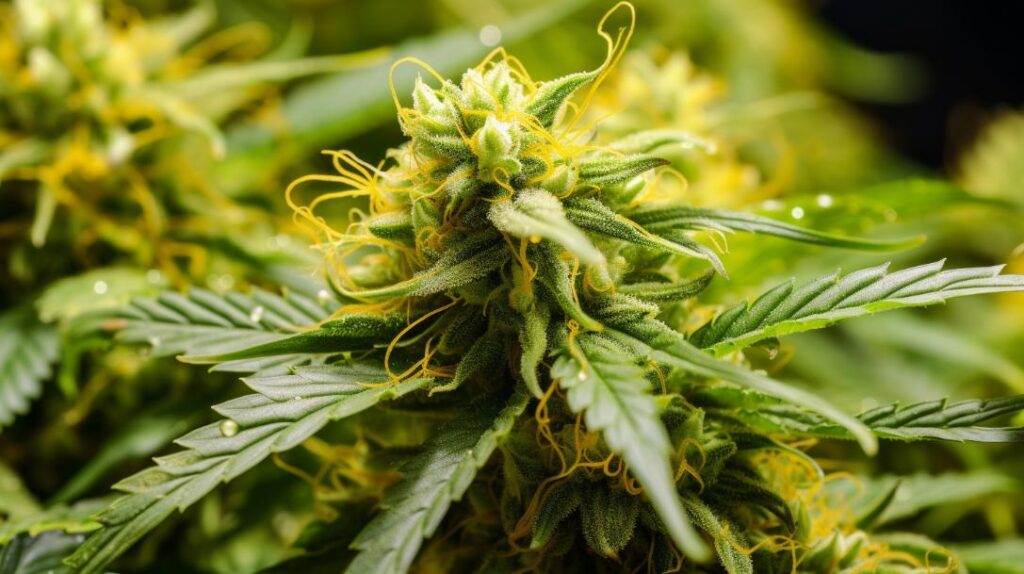
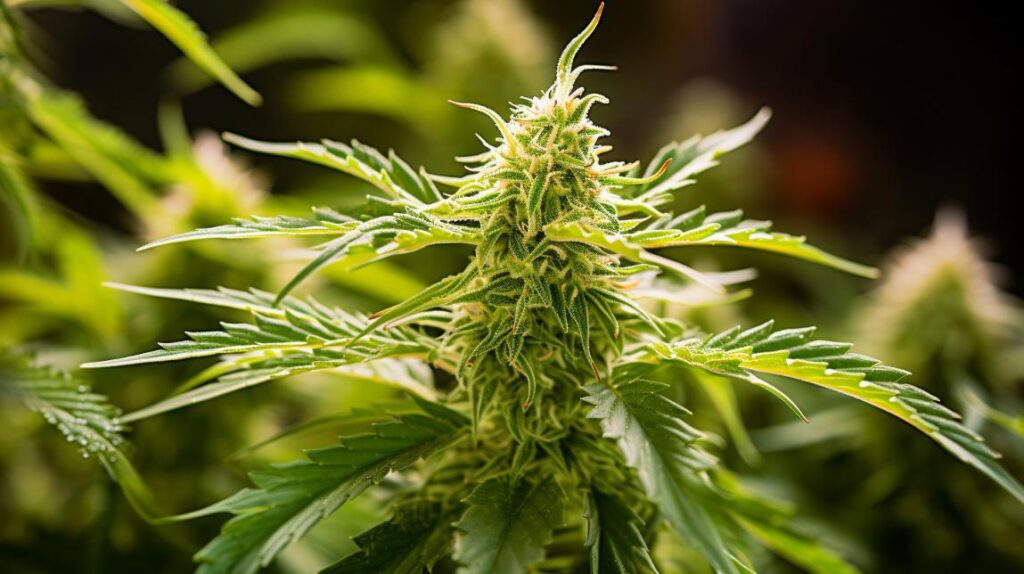
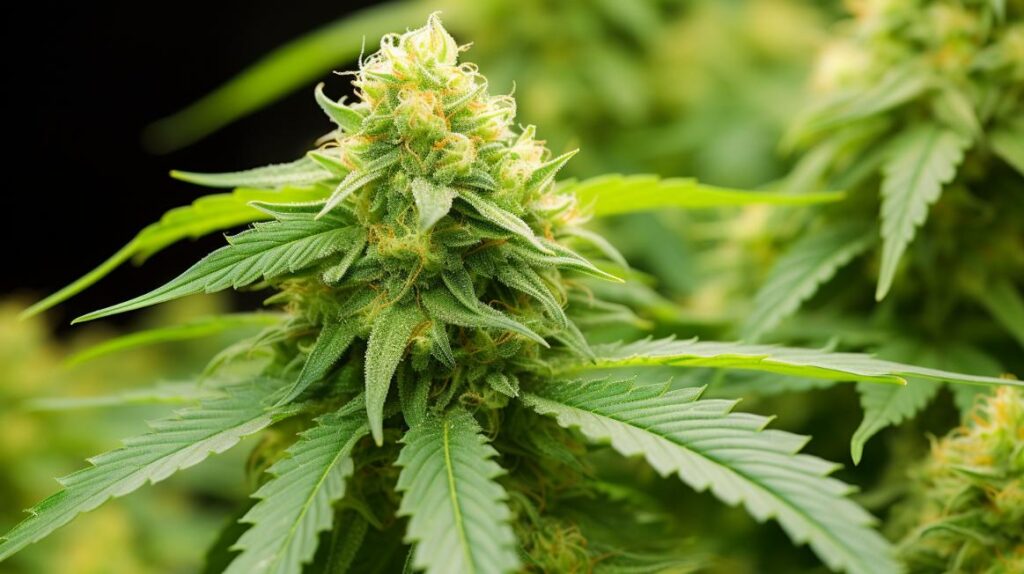
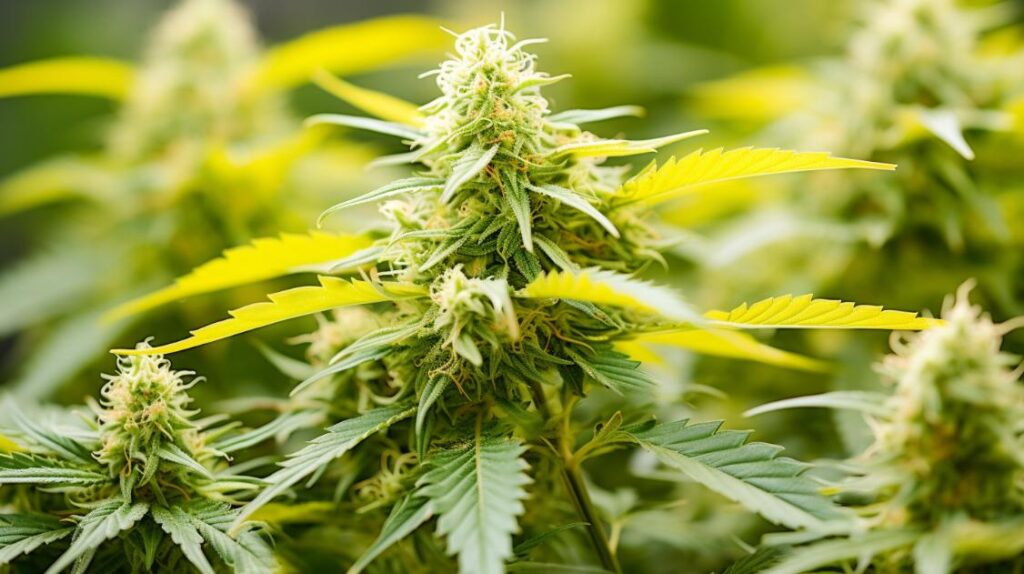
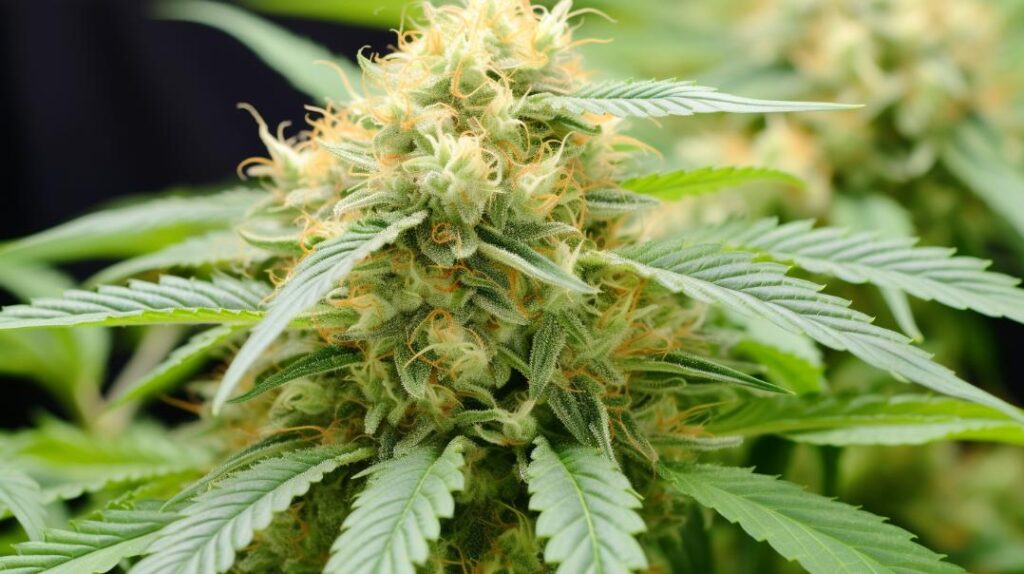

Responses